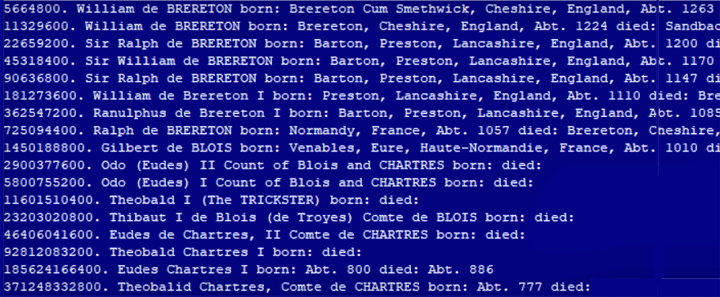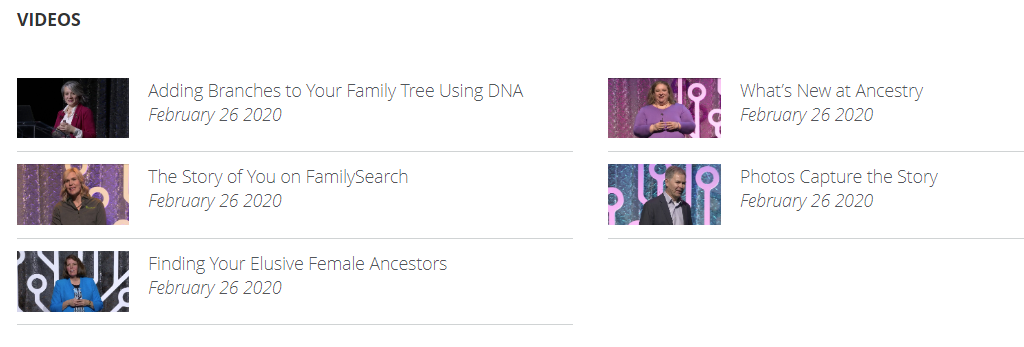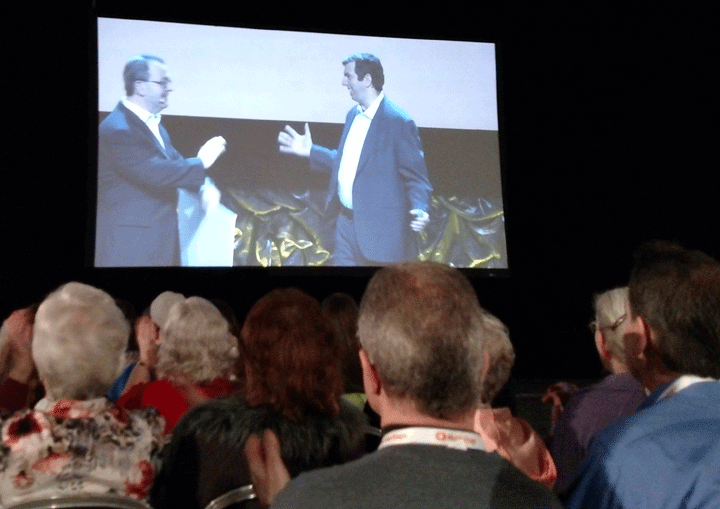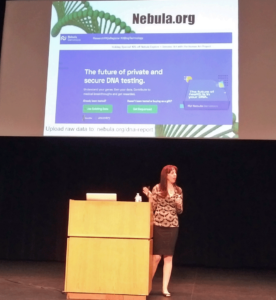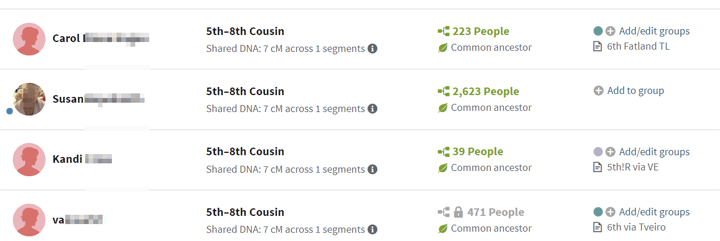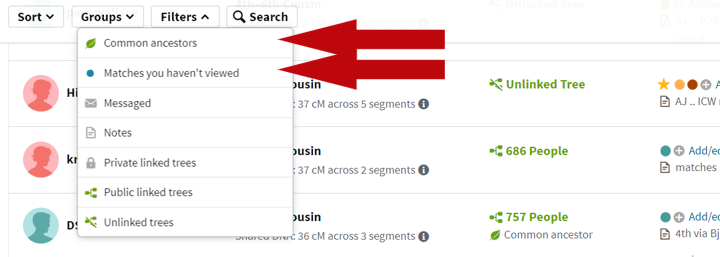My great great grandfather Jørgen Oleson Wold, 1816-1892, from Skougar near Drammen, Norway, was born 9 years before his parents tied the knot. Although his father is listed as the man his mother eventually married, DNA testing has stirred up my doubts.
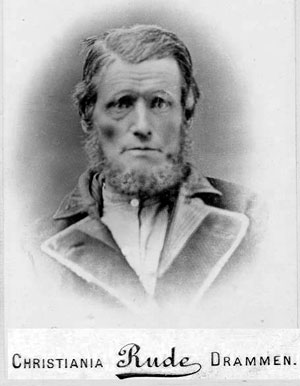
Having a child out of wedlock was not uncommon in rural Norway of the 1800s. It was not considered shameful in many areas. Often the couple would marry later on; you had to be able to support a wife in order to have one. Another reason is that people wanted to be sure they could have children before marrying, since many hands were needed on the farm. The data shows that quite often women were pregnant at the altar. Click here for an article showing that having a sexual relationship and getting pregnant was the normal way to start a marriage in at least one area of Norway at that time. Night visiting, fully clothed, was a customary way for young people to get to know each other.
According to the 19th century clerygyman and sociologist Eilert Sundt (my 10th cousin 3R), who looked carefully at many population statistics, 43% of all Norwegian children were conceived before their parents got married back in the mid 1800s. Click here for the article that cites this.
The problem for Jørgen’s parentage is that there are no DNA matches on just his father of record’s line. It is always possible to get less DNA from one 3rd grandparent but it seemed that all my family’s matches to the descendants of other children of that marriage were smaller than expected. We also have many matches quite far back on Jørgen’s wife’s line, suggesting it was possible we just had more DNA from her side but also demonstrating that when there are many generations of large families, DNA matches to 5th and 6th cousins will be found. This is also true on our other Norwegian lines.
Could Jørgen have a different father? If so, I would expect to see a group of 4th cousin matches who match each other but are not assigned to any of our known lines. Since Norwegian records are good, our ancestors are well documented back into the 1700s or even earlier.
There is a large group of matches that fits that scenario, all descended from one Torkild Westby b 1810, Drammen, Norway. It so happens that Westby/Vestby is a farm in Skoger just outside of Drammen where Jørgen may have lived as a youth. Norwegians did not have surnames back then, they used their father’s name plus their farm of residence which could change. Also W was pronounced as V in Norway so they are interchangable in the spelling. When Torkild’s children came to America they used the surname Westbye. I found the birth record for Torkild in the Norwegian archives and sure enough, he was born on farm Westby in Skoger..

Torkild’s birth and baptism record in the Skoger Churchbook for 1810 – http://urn.digitalarkivet.no/URN:NBN:no-a1450-kb20070402610138.jpg (3rd from bottom on right)
I decided to try a ThruLines experiment by changing Jørgen’s father to Torkild’s father, Jahn Jahnsen Westbye, in my Ancestry tree and see what happened. For Jørgen’s father and grandfather of record, Thrulines listed no DNA matches that were not also listed for his son.
